Bird News from Nial Moores
A total of 141 bird species logged so far during ongoing research for the Baekryeong Wetlands Project, with rarest in the Korean context a single Black-winged Cuckooshrike Coracina melaschistos on the 22nd; and rarest in the global context approximately 240 Yellow-breasted Bunting (Critically Endangered) in one small part of the island on 21st.
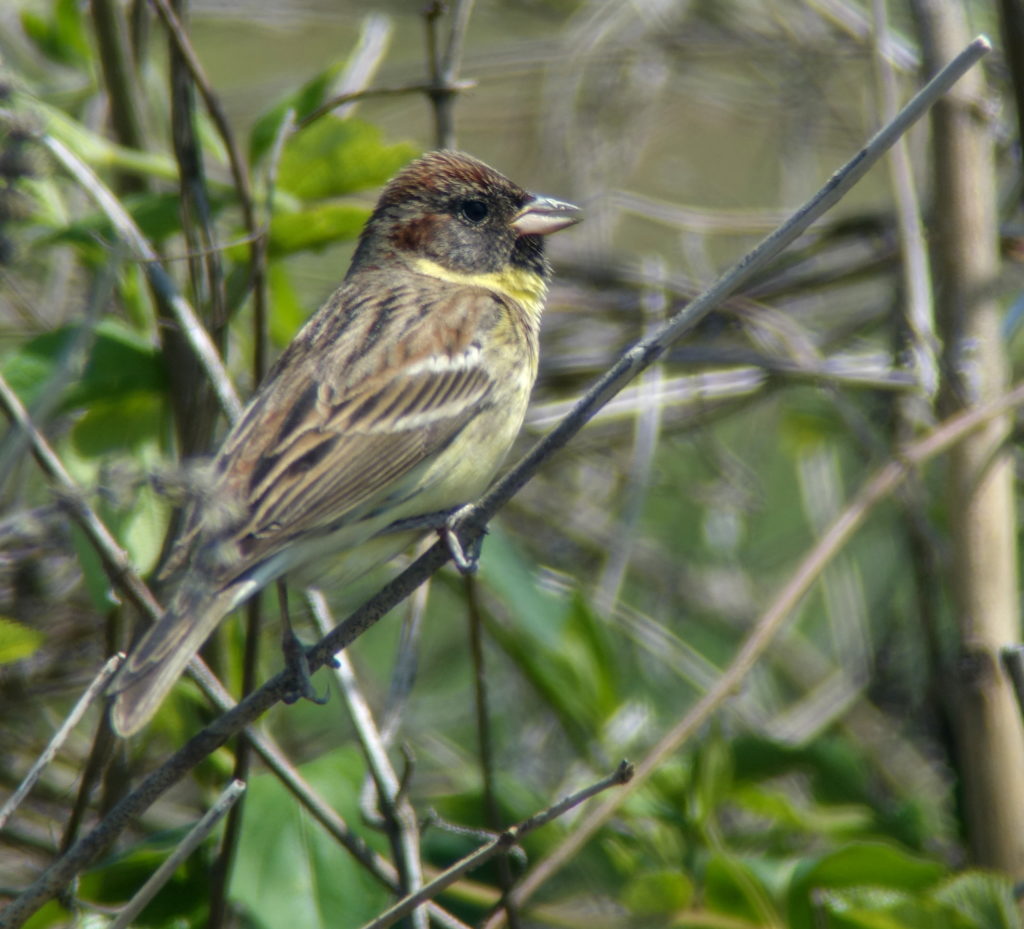
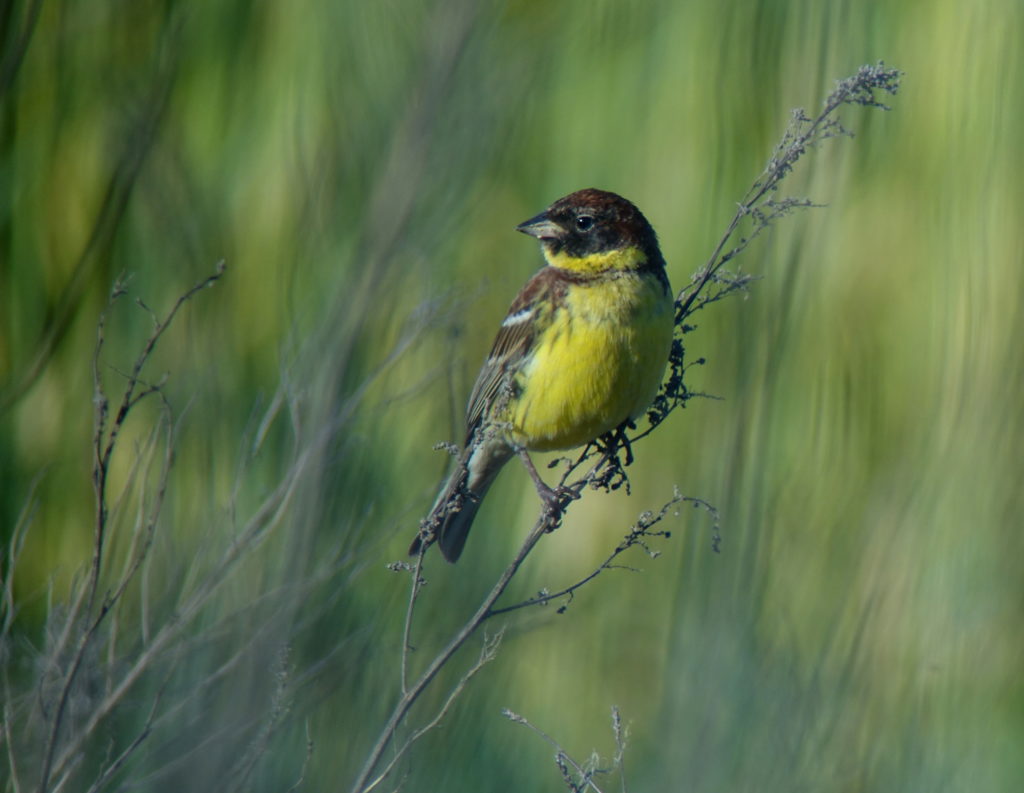
On most days, there have been very good numbers of migrants. In addition to small numbers of raptors daily (especially Crested Honey Buzzard, Grey-faced Buzzard and Chinese Sparrowhawk, with 41 of the latter counted on the 21st), the most prominent and numerous of these have been the three grey-brown flycatchers, with highest day counts of 75 Asian Brown and 102 Grey-streaked on 21st and 35 Dark-sided Flycatchers on 22nd.
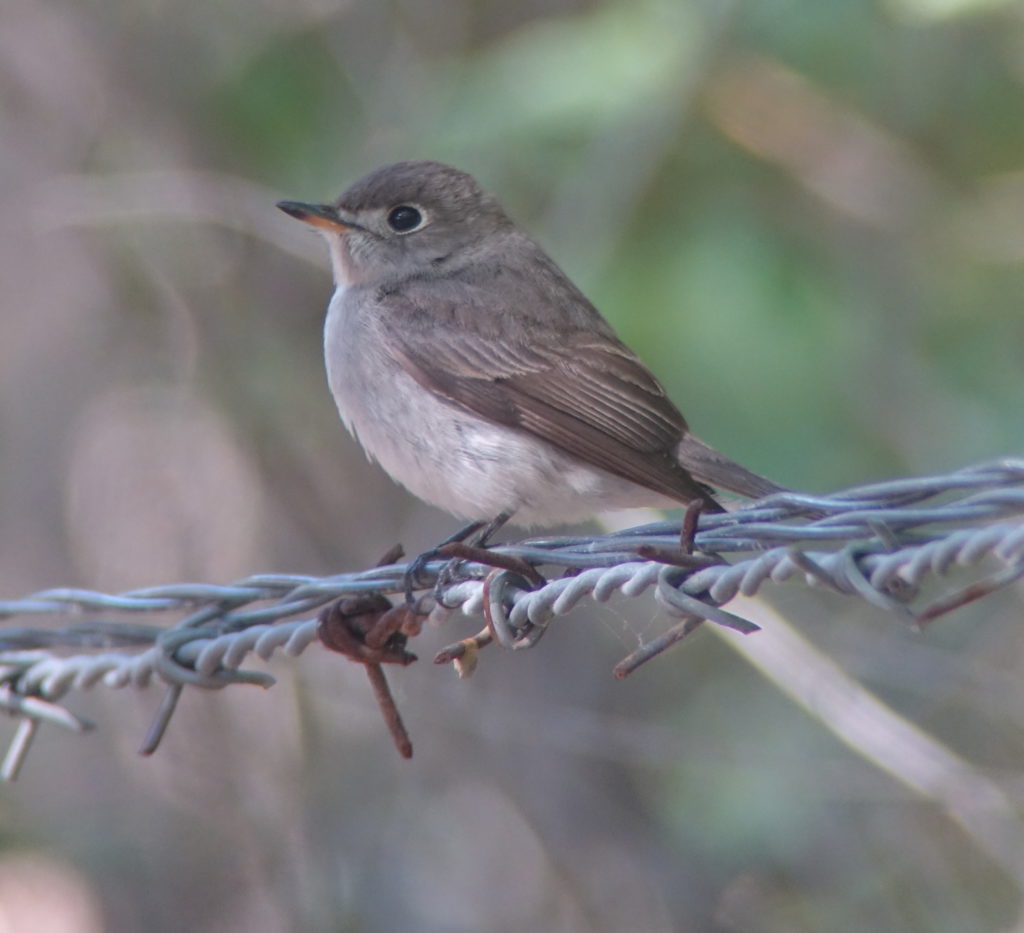
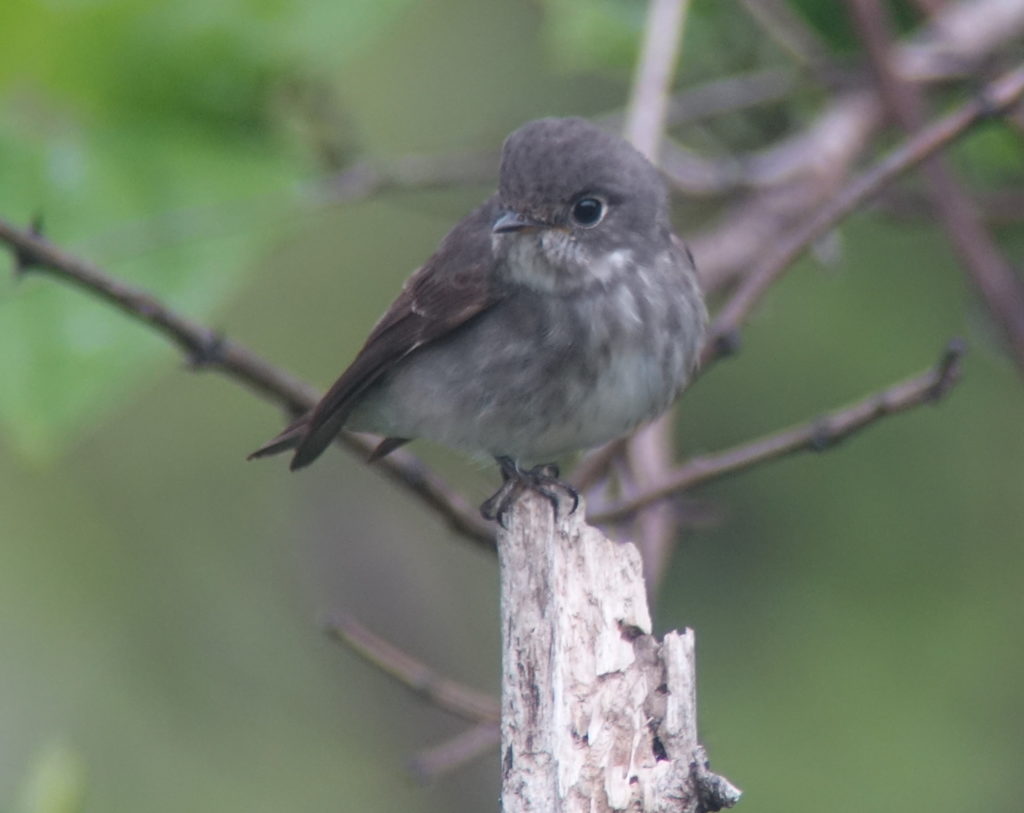
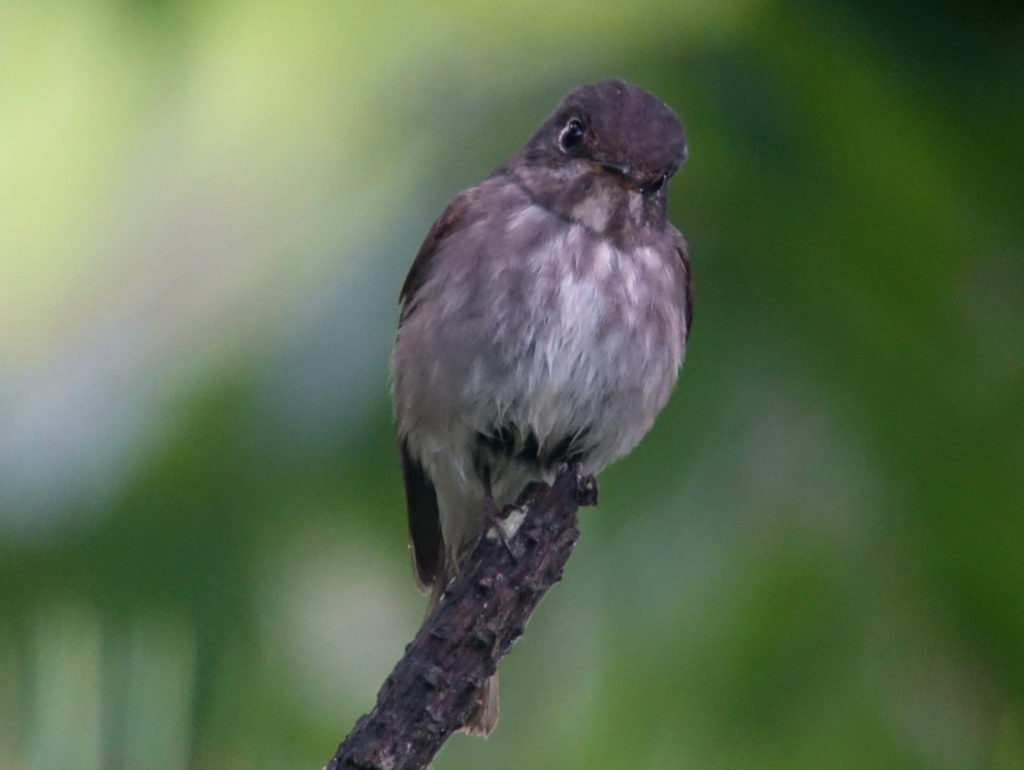
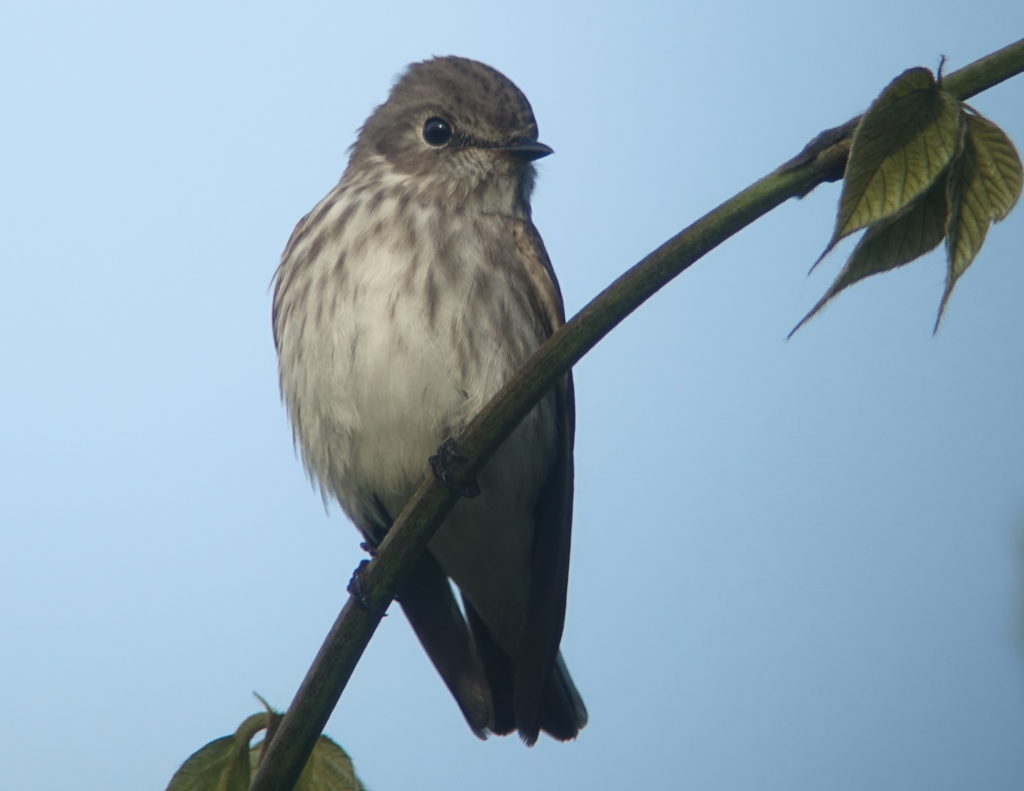
Other prominent migrants have included Yellow-rumped Flycatcher (with 37 in a small part of the island on 21st the highest day count), leaf warblers (with e.g. 116 Arctic Warbler counted in one small part of the island on 21st), shrikes (with highest day counts of 52 Brown Shrike on 22nd and seven Tiger Shrike on 20th) and Black-naped Oriole (with the highest day count 58 on 21st).
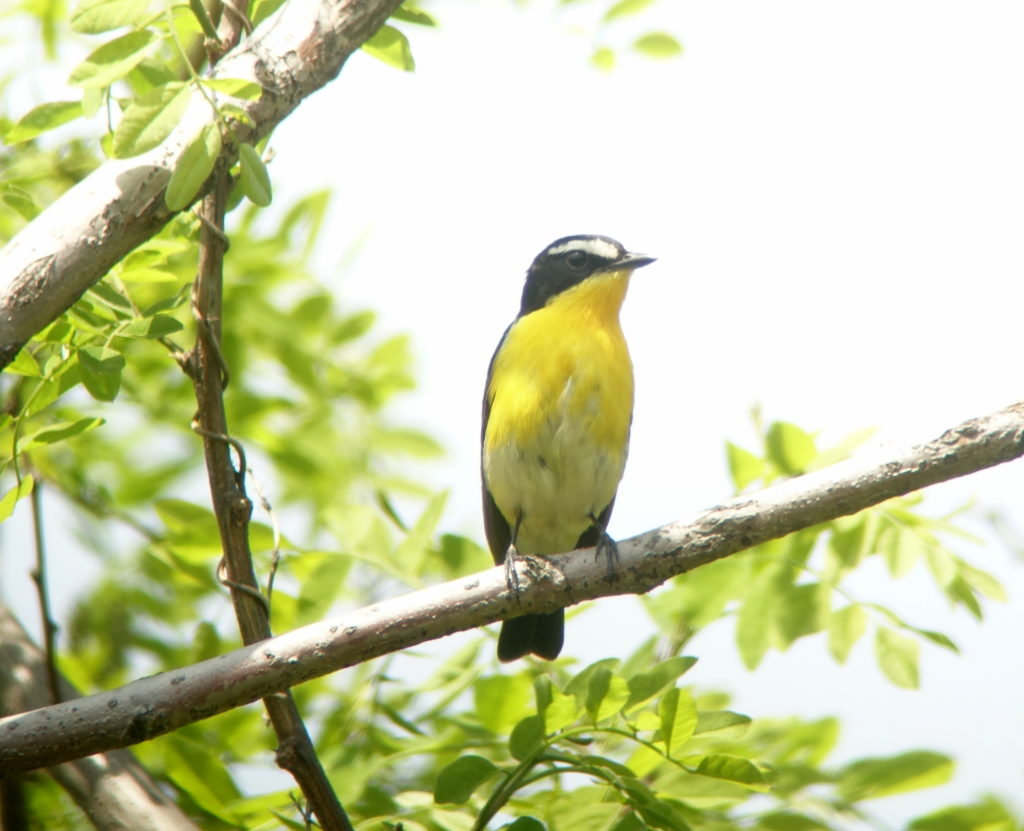


Additional species of note (because of high numbers, scarcity in Korea and / or global conservation concern) include:
Japanese Quail Coturnix japonica . Near Threatened. Two on 23rd.
Chinese Egret Egretta eulophotes. Vulnerable. Seen on several dates, with the highest day count four on 19th.
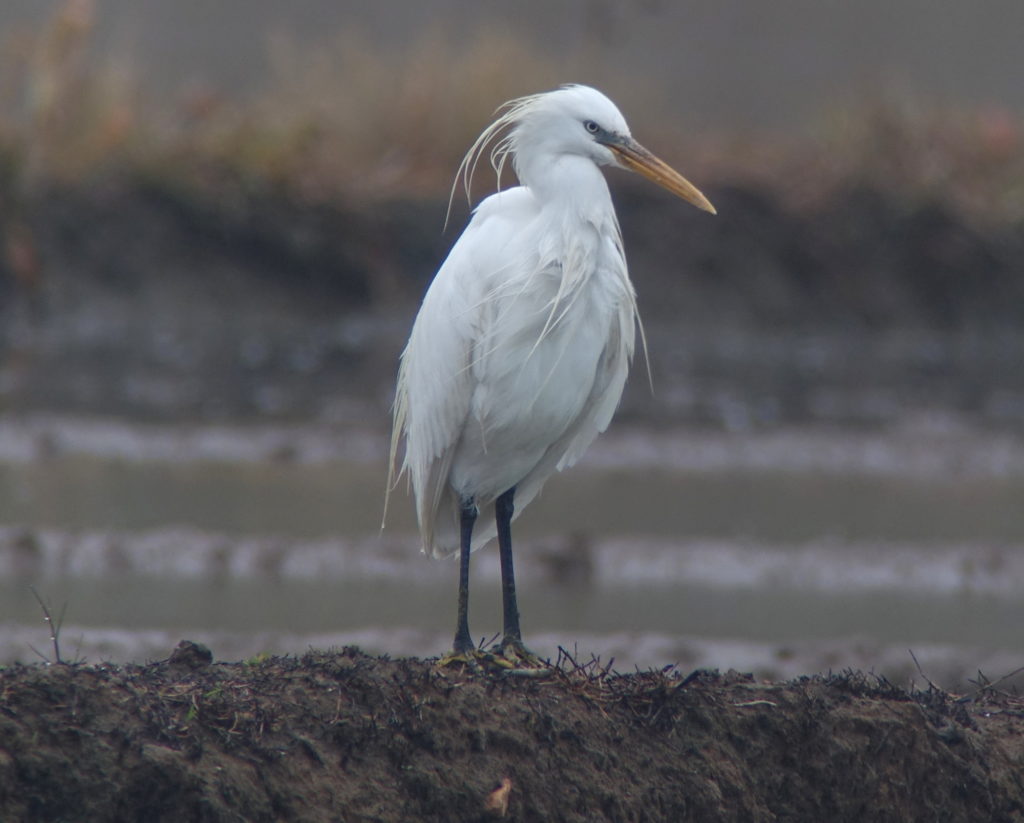
Eastern Marsh Harrier Circus spilonotus. One on 21st.
Pied Harrier Circus melanoleucos. One on 21st.
Far Eastern Oystercatcher Haematopus (ostralegus) osculans. Near Threatened. Recorded in small numbers daily, with perhaps five pairs in territory and the first fledged chicks seen on 22nd.

White-throated Needletail Hirundapus caudacutus. Recorded almost daily, with a minimum 25 on the 20th the highest day count.
House Swift Apus nipalensis. One on 21st.
Black Drongo Dicrurus macrocercus. Singles seen on two dates, and two seen on 22nd.
Pale Martin Riparia diluta. Two presumed Pale were seen in a mixed flock of hirundines that also included “obvious” Sand Martin on 19th. Tentative identification of birds in flight was based on lack of obvious tail cleft; very weak breast band; and generally pale-looking upperparts).
Common House Martin Delichon urbicum. Eight on the 21st.
Korean Bush Warbler Horornis borealis. Although a common migrant and breeding species on the island, included here because one individual heard (and poorly sound-recorded) on 20th and 22nd repeatedly gave a strikingly odd call, both in the sound of each note and in the way these notes were then run together, even though the song sounded completely normal.
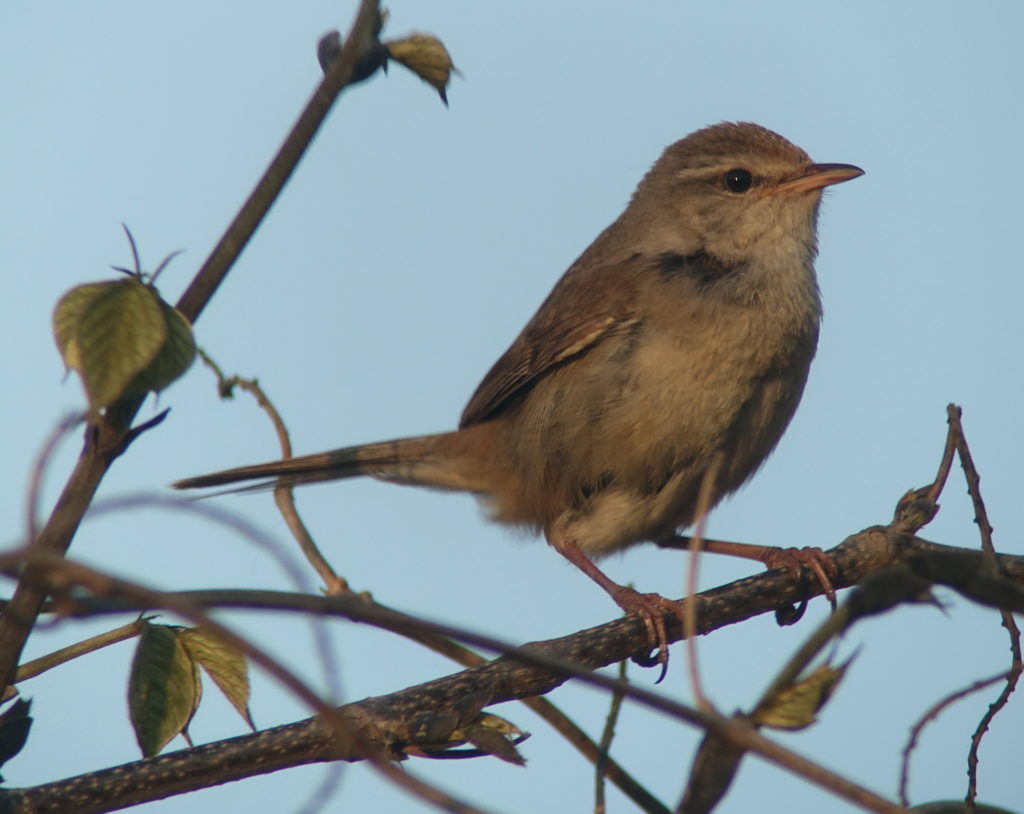
Hume’s Leaf Warbler Phylloscopus humei. Somewhat surprisingly, only one so far: on 21st.
Thick-billed Warbler Iduna aedon. Highest day count was of 19 in the southwest of the island on the 22nd.
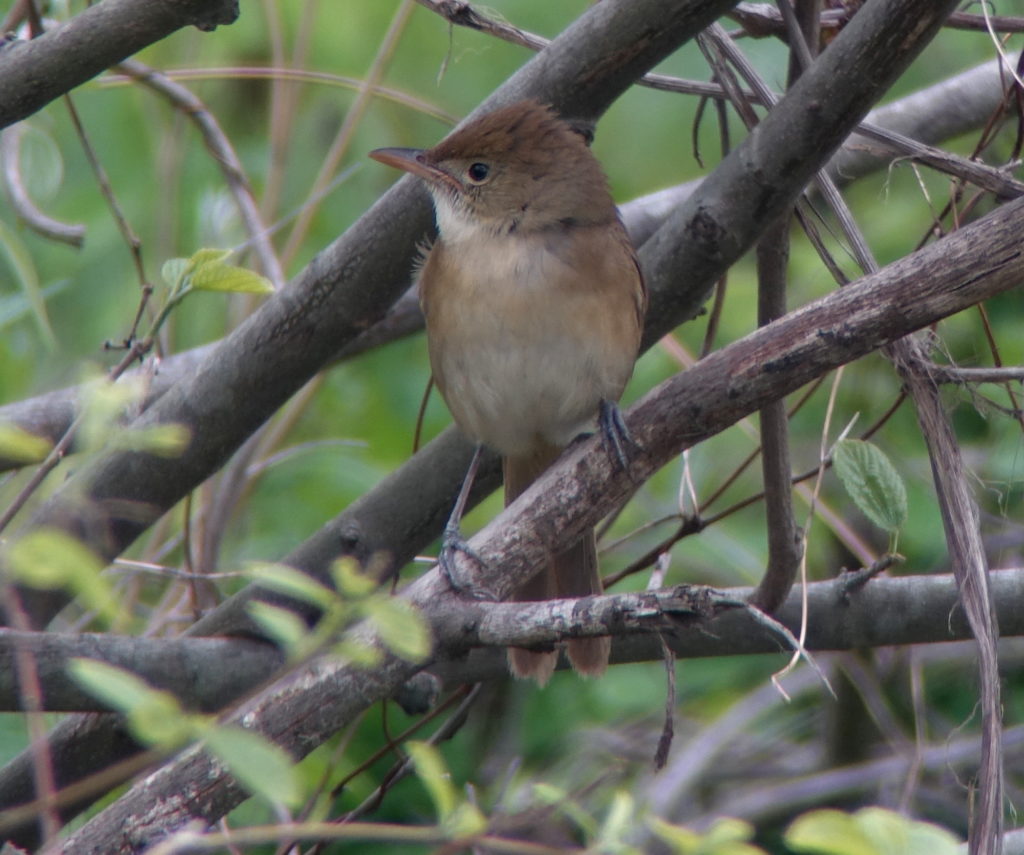

Lanceolated Warbler Locustella lanceolata. Highest day count so far was of 13 on the 21st.
Pallas’s Grasshopper Warbler Locustella certhiola. Highest day count so far was of 13 on the 22nd.
Gray’s Grasshopper Warbler Locustella fasciolata. Single hidden singers on 19th and 23rd.
Daurian Starling Agropsar sturninus. Small numbers recorded daily, with the highest day count between six and ten on 21st (when several birds fell asleep in the open).
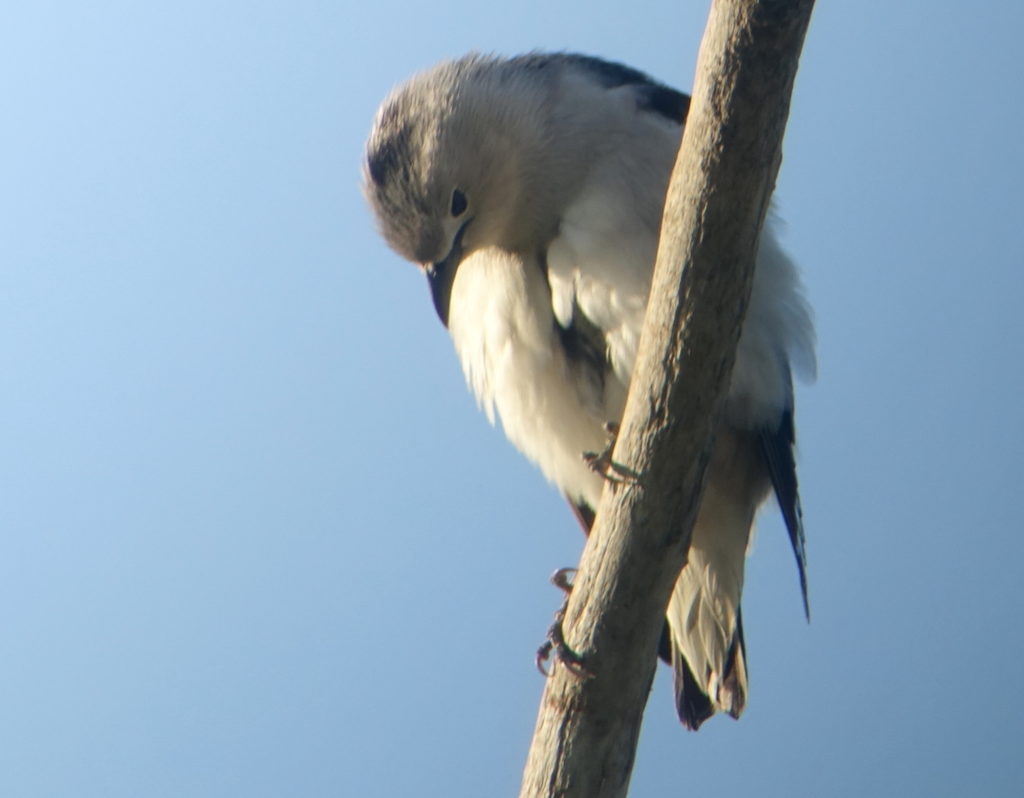
Siberian Thrush Geokichla sibirica. Four on 21st and five on 22nd in a different part of the island.

White-throated Rock Thrush Monticola gularis. Typically very hard to see on Baekryeong (and much easier to find on e.g. Weiyeon and Eocheong and even Socheong islands): two on 21st.
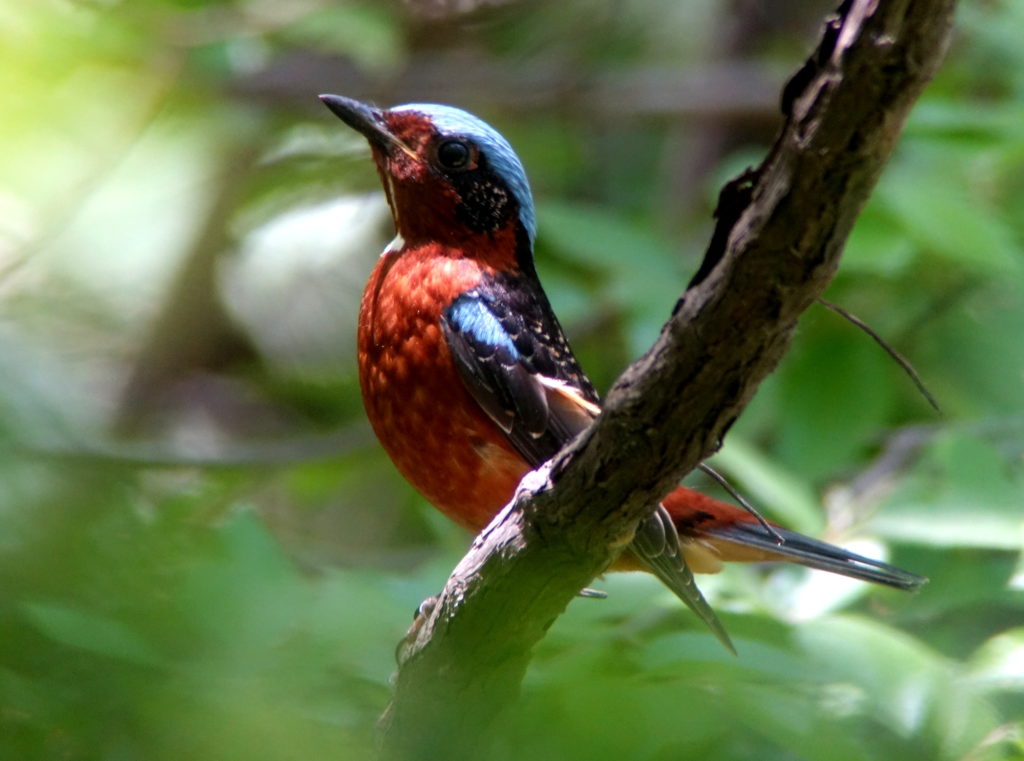
Citrine Wagtail Motacilla citreola. Singles recorded on three dates.
Richard’s Pipit Anthus richardi. Highest day counts were 23 on 19th and 28 on 21st.

Pechora Pipit Anthus gustavi. Only small numbers logged so far, with 2-3 daily.
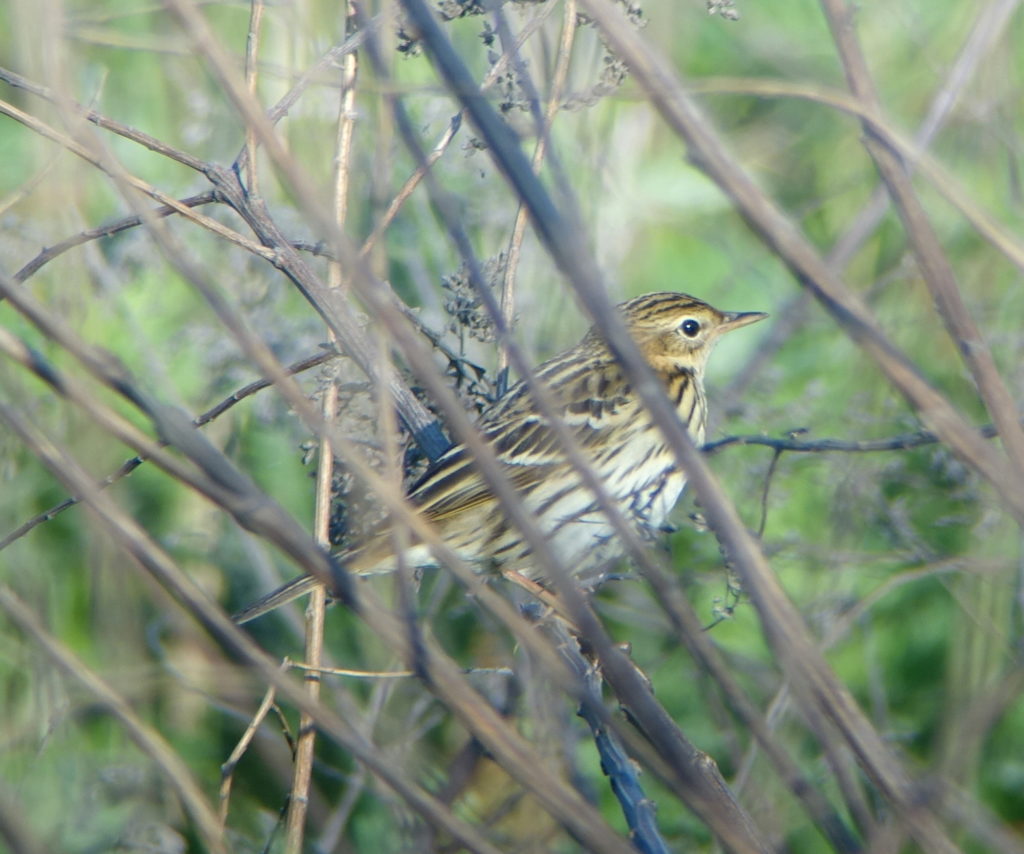
Japanese Grosbeak Eophona personata. Twelve on 21st and one on 22nd.
Red Crossbill Loxia curvirostra. Three on 23rd.
Will be on island for another five or six days, counting birds, photographing habitat and trying to measure concrete drains so that frog ladders can be added (permissions allowing), as a first step in our “SLush”-funded Rewilding project. This information will then be used to update a report on 12 key areas on Baekryeong currently being written with the very welcome funding support of the Hanns Seidel Foundation.

